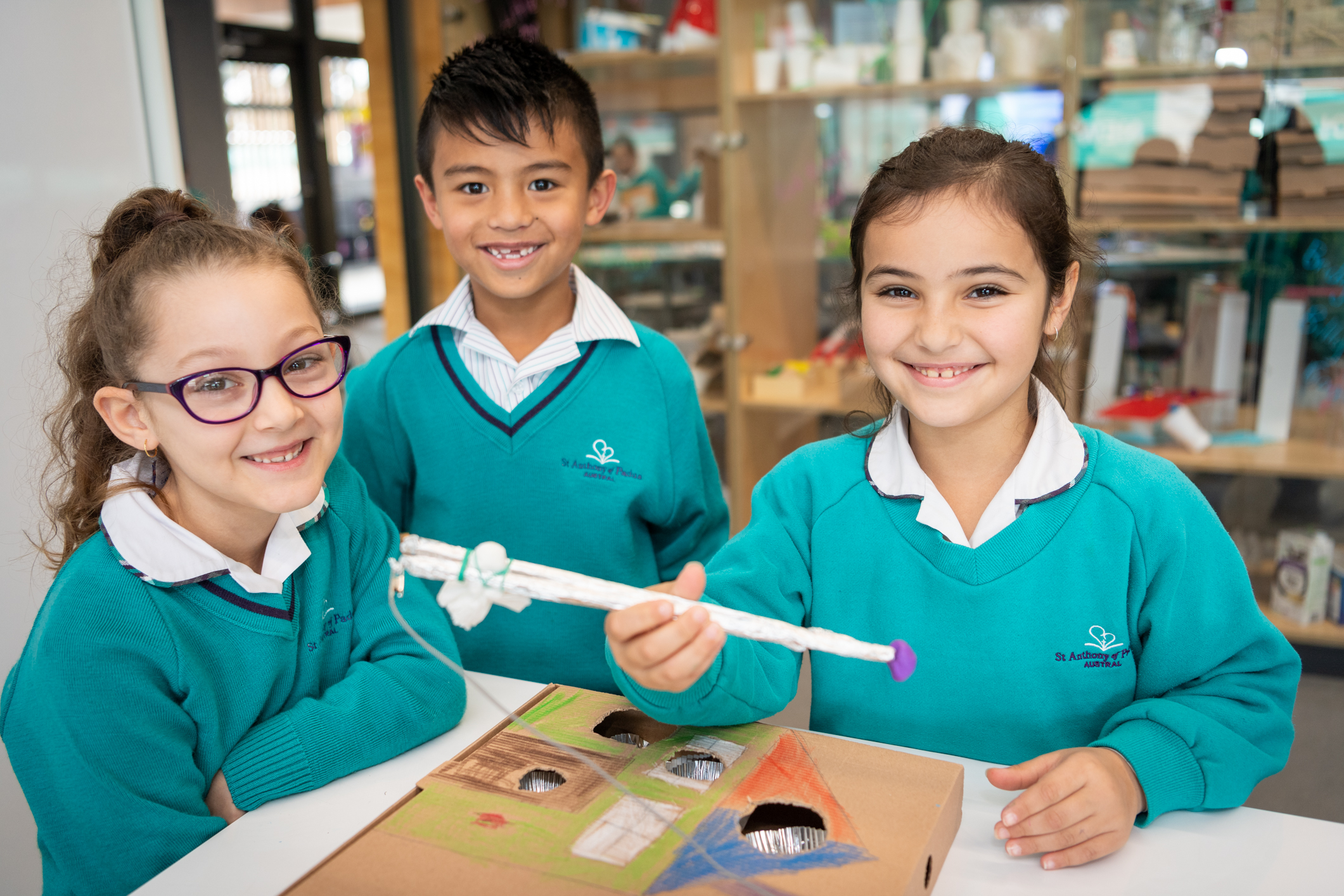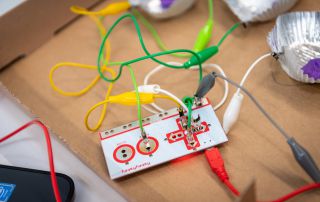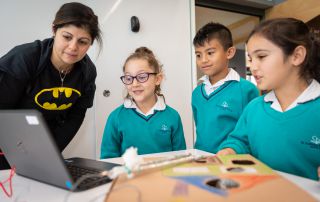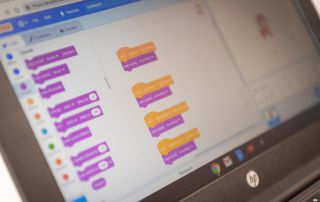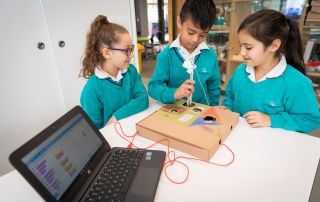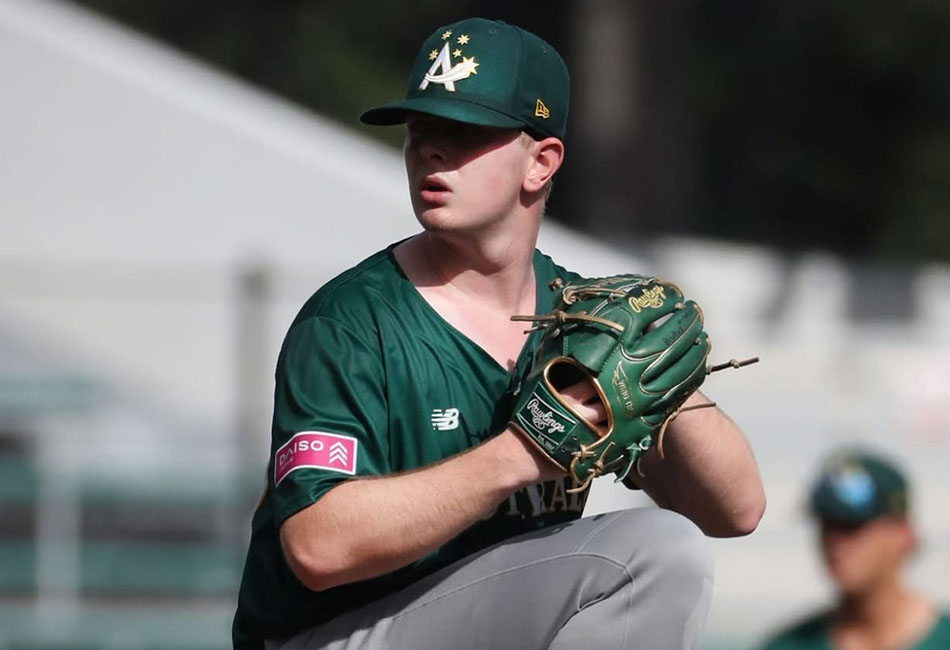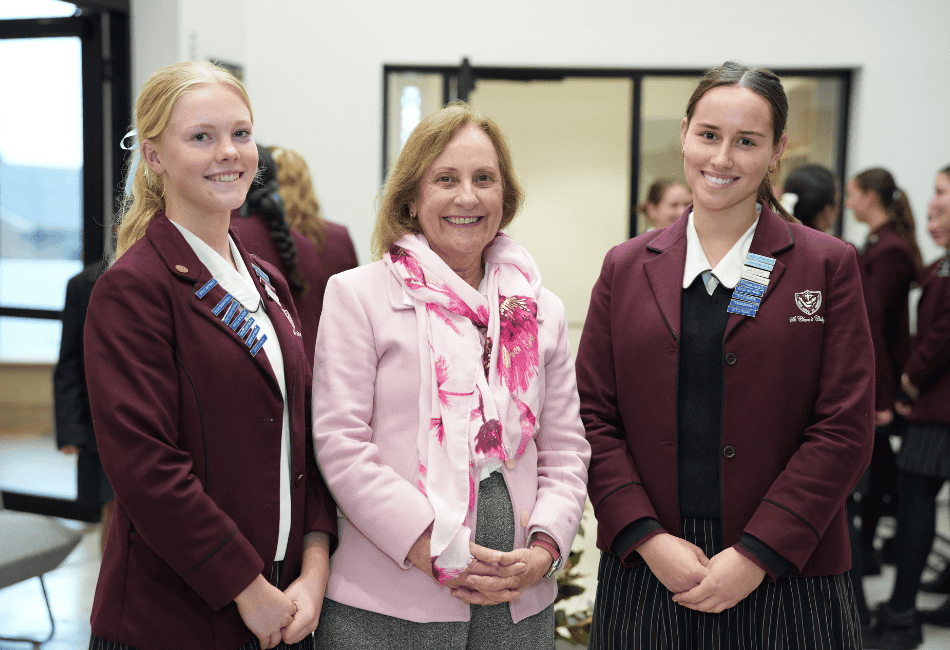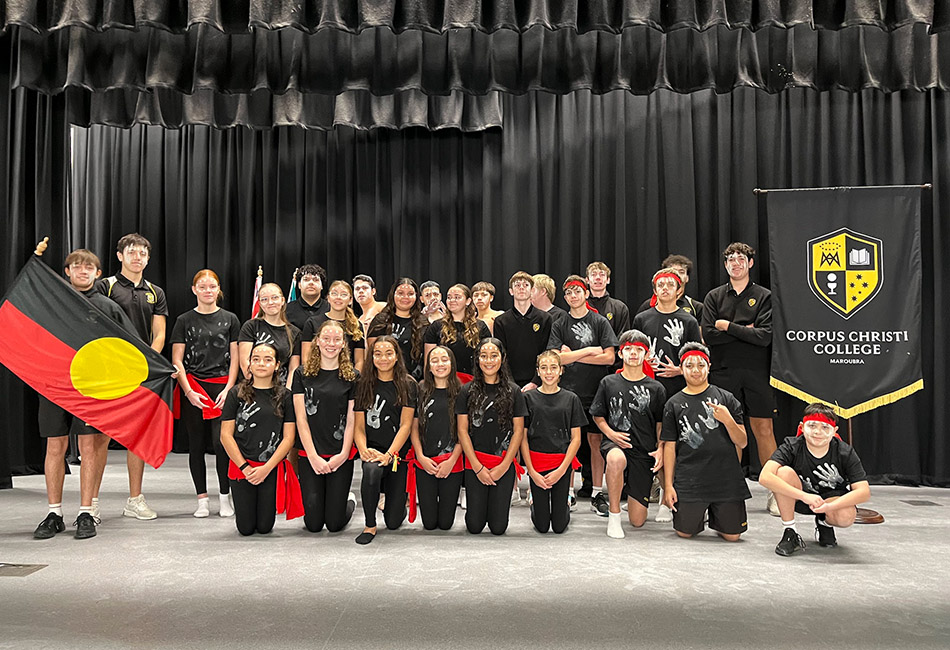Fairytales have become the unlikely catalyst for STEM learning at St Anthony of Padua Catholic College Austral.
Students in Year 2 have used their mathematics and engineering skills to design a trap for the gingerbread man, build a new chair for baby bear after Goldilocks broke it, and found a way for the Three Billy Goats Gruff to cross mountains without being attacked by a troll.
They also built and tested contraptions that allowed Jack – who was substituted for a boiled egg – to come down from the clouds when his beanstalk was cut down, trapping him there.
“If the egg didn’t break Jack survived,” said STEM teacher Jessica Vincent.
“There was a lot of maths involved. They had to measure things and weigh them. When they made a new house for the three little pigs, I gave them three little pigs and everything had to be made relative to their size.”
Students have also created an Operation-inspired board game about the fairytale of their choice. They learnt the science behind electrical circuits, and coded a Makey Makey – a tool that allows students to connect everyday objects to computer programs – to make their games buzz when objects hit the sides.
Year 1 students tested the designs when complete, giving an audience and purpose to the project.
When they made a new house for the three little pigs, I gave them three little pigs and everything had to be made relative to their size
“The underlying principles of STEM are things like communication, collaboration, risk-taking, persistence, and designing for a solution,” she said.
“Children need to be given time to develop those skills. They need to have coding skills and a working knowledge of technology to help them solve those real-world problems, but there’s got to be a balance.
“The challenge is that children come to school with different levels of confidence and experience with technology. We talk about these kids who are meant to be digital natives, that it’s meant to be in their blood, but it’s not always.”
Year 1 students have also delved into STEM projects traditionally enjoyed by older students, making stop-motion and claymation videos with 3D-printed sea creatures inspired by the work of nature documentary filmmaker David Attenborough.
“We went through the engineering process and they’ve exceeded expectations of what they were capable of doing,” Mrs Vincent said. “I love seeing their excitement at the lessons. In their head they think ‘I’m making a board game or video’. In my head I think ‘you are learning so much more!’

